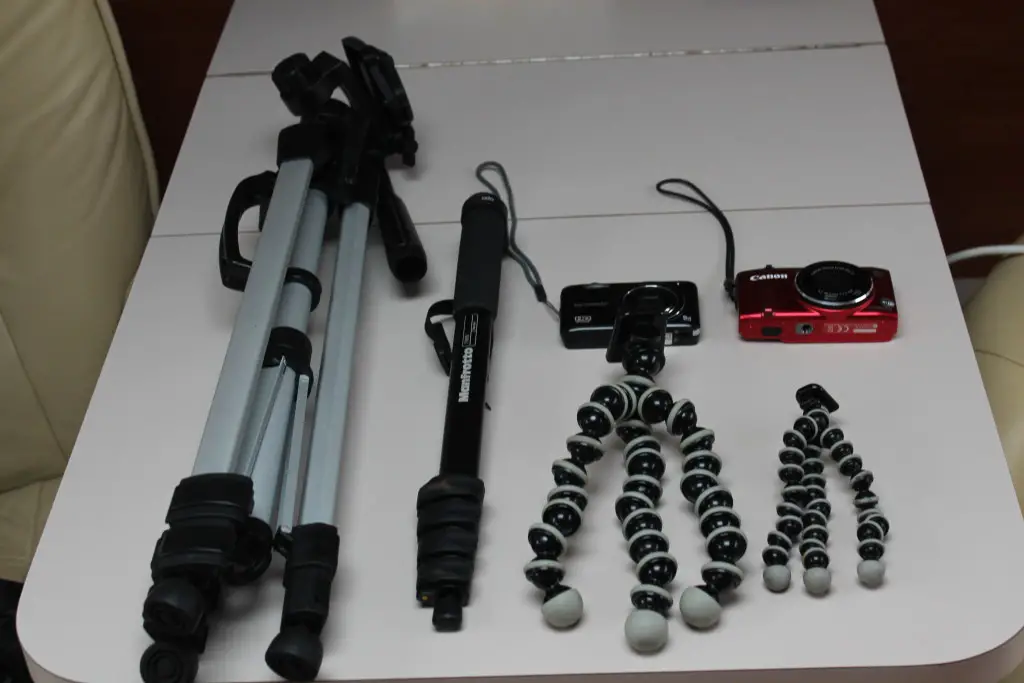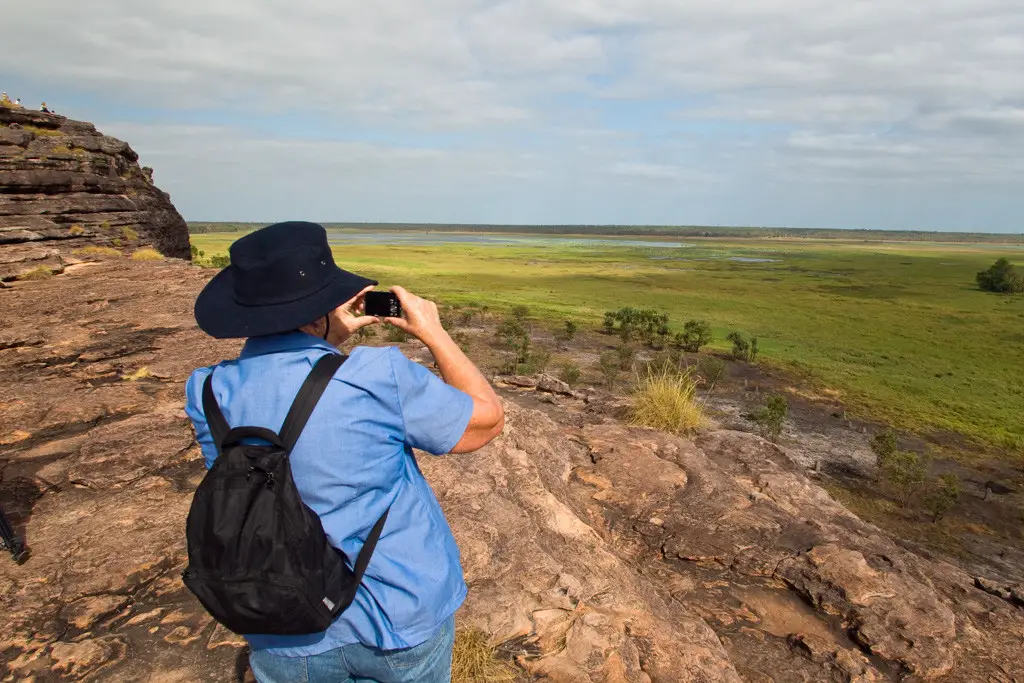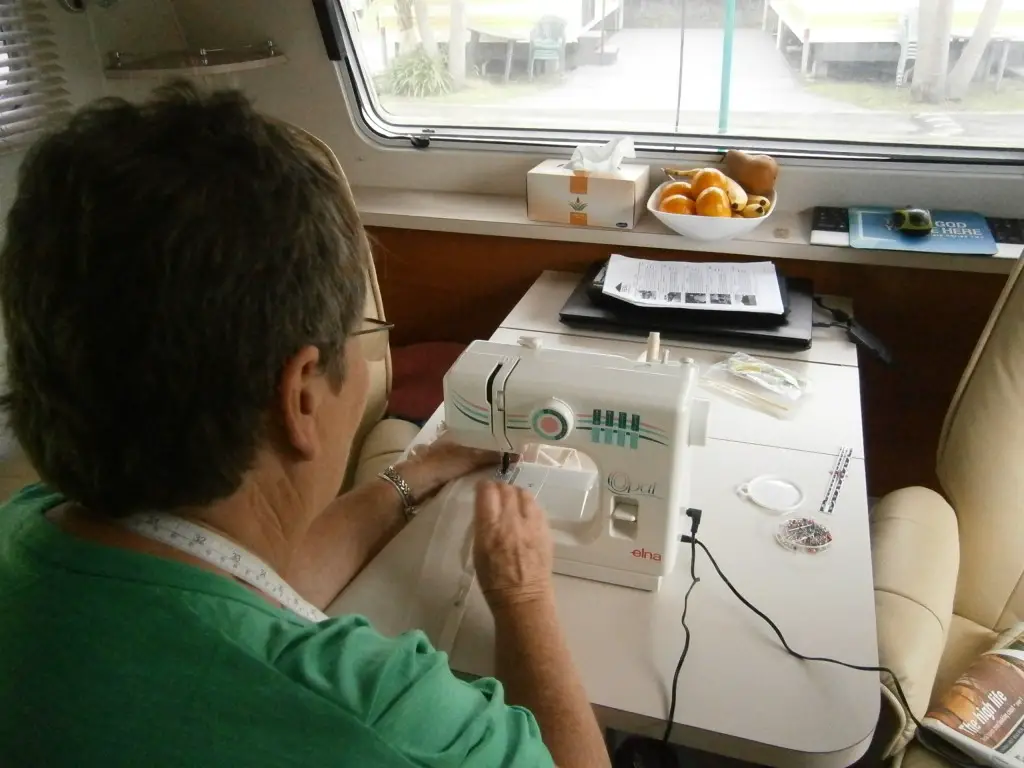Downsizing takes on a whole new meaning when you start packing for a road trip. Your first big jump is downsizing from a house or apartment into an RV. No problem there: you not only have the delicious anticipation of adventures to come but also the knowledge that “housework” will take you half an hour, not half a day. Then you start looking at the pile of things in the to-be-packed pile and take a deep breath. Umm… how, exactly, is all of this going to fit in? And how can you reduce weight and bulk for day trips and tours?
After a few trips you soon work out that you don’t need nearly as many clothes as you thought you would. Simply think layers – especially if you have a long trip planned – and you’ll be ready for most occasions. Don’t fall into the “But what if we go out somewhere fancy?” trap and pack three different going-out outfits. It’s more than likely that you’ll simply tote them all the way around Australia and never wear them. Just pack a pair of basic black pants and a couple of tops that you can dress up or down and you’ll be fine. I have a handy lightweight rain-proof jacket that folds up and zips into a pocket on its own sleeve – perfect for stashing in a backpack for a day’s outing. And speaking of backpacks, I have a nylon one that folds up into a small pouch. Things like this are perfect for travellers; they weigh virtually nothing and are easy to carry with you.
Most of us like to take decent photos to record our trip, but camera size can be an issue on tours and excursions. Rather than toting around a big DSLR that hangs like a rock around your neck, a pocket camera is ideal for quick and easy snaps. I’ve actually found it useful to have two sizes of compact cameras. The first one – which cost less than $80 on sale – is smaller than my mobile phone, and is 2cm thick at its widest point. It takes 14mpx photos and has a 5X zoom, and is perfect for slipping into my jeans pocket or a small purse. The second one is my most-used camera: it’s thicker and slightly longer and wider than the other – but it has a 20X zoom, which makes all the difference when you have to take a photo from a distance.
Let’s suppose you are off on a day trip, and you’ve got your backup jacket in your zip-up backpack, and your compact camera – but you want to be able to steady the camera for various shots, or set the timer with yourself in the shot. That means a tripod – but they’re not exactly convenient to carry with you. Luckily, there are options to downsize those too: a monopod or a gorilla pod (available in different sizes). Using a gorilla pod, you can fix the camera to a branch or a fence and use the timer, or the slim-line monopod will steady the camera for shake-free video.
Once you’ve cut down your pile of clothes and worked out your day-trip needs, it’s time to look at the rest of that big pile of ‘stuff’. You’ll hear lots of advice from other travellers about how to cut down and make do. Conventional wisdom is ‘don’t take anything that doesn’t do two jobs’. That has its limitations: I’m not sure what else I could do with a gorilla pod! Other people will tell you to pack what you think you’ll need and then put half of it back. No doubt you have your own tips on downsizing – if so, write in and tell us: we’d love to share them!
Tips on Downsizing
Downsize your clothes: Think layers and take only your favourites – they’re the ones you’ll just keep washing and wearing anyway.
Downsize your day-trip gear: Look for lightweight bags and jackets that fold up or compress to a small size. Buy a small but powerful camera and a monopod.
Downsize your tech toys: An Ultrabook computer is super-lightweight; an e-reader carries thousands of books; an iPad mini fits into a handbag and can be used for entertainment, reading e-books, taking photos, playing games, email and social media.
Downsize your hobbies: buy a compact sewing machine; do digital scrapbooking instead of taking a bulky box full of gear; try a new hobby that takes up less space.






